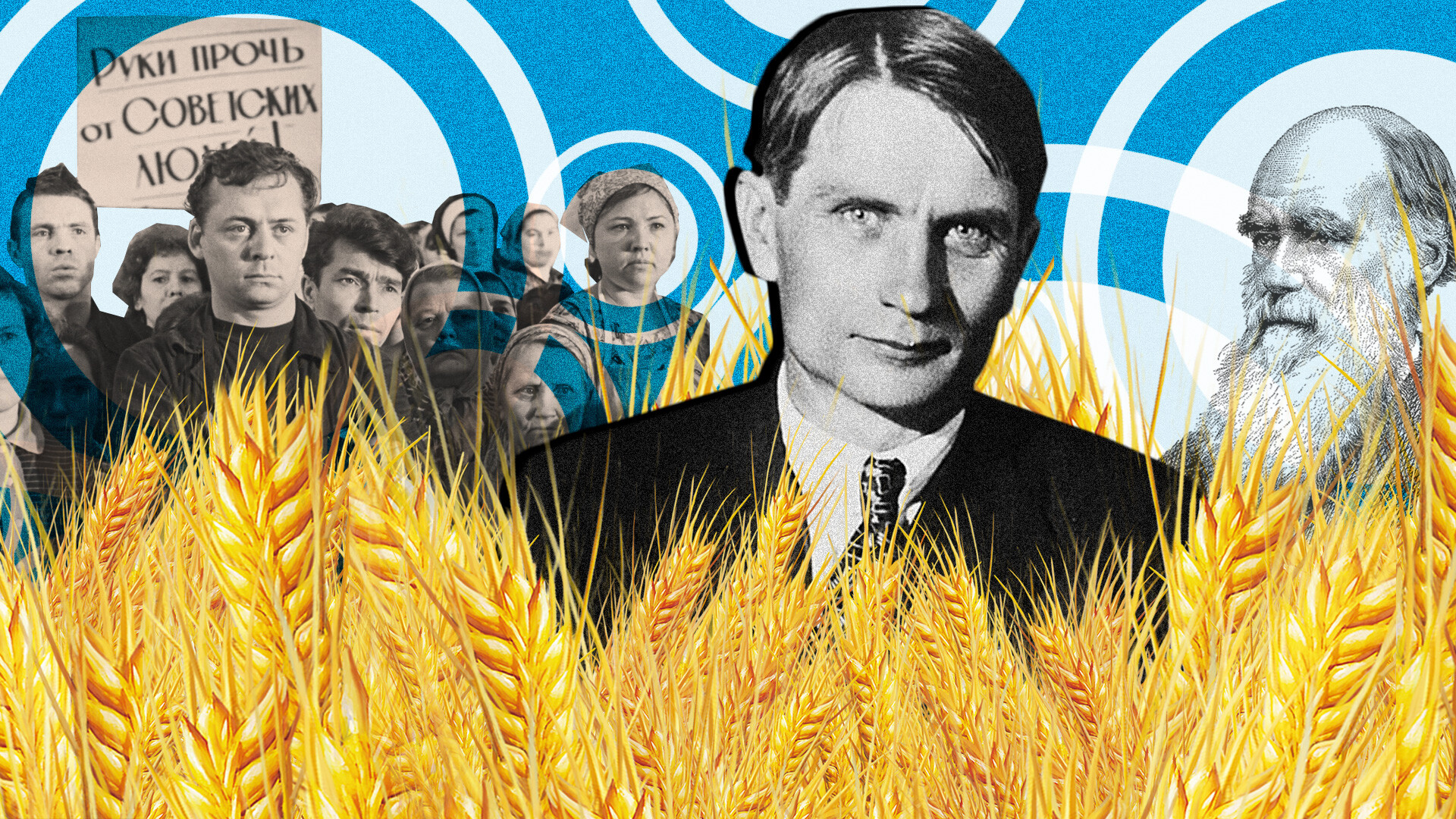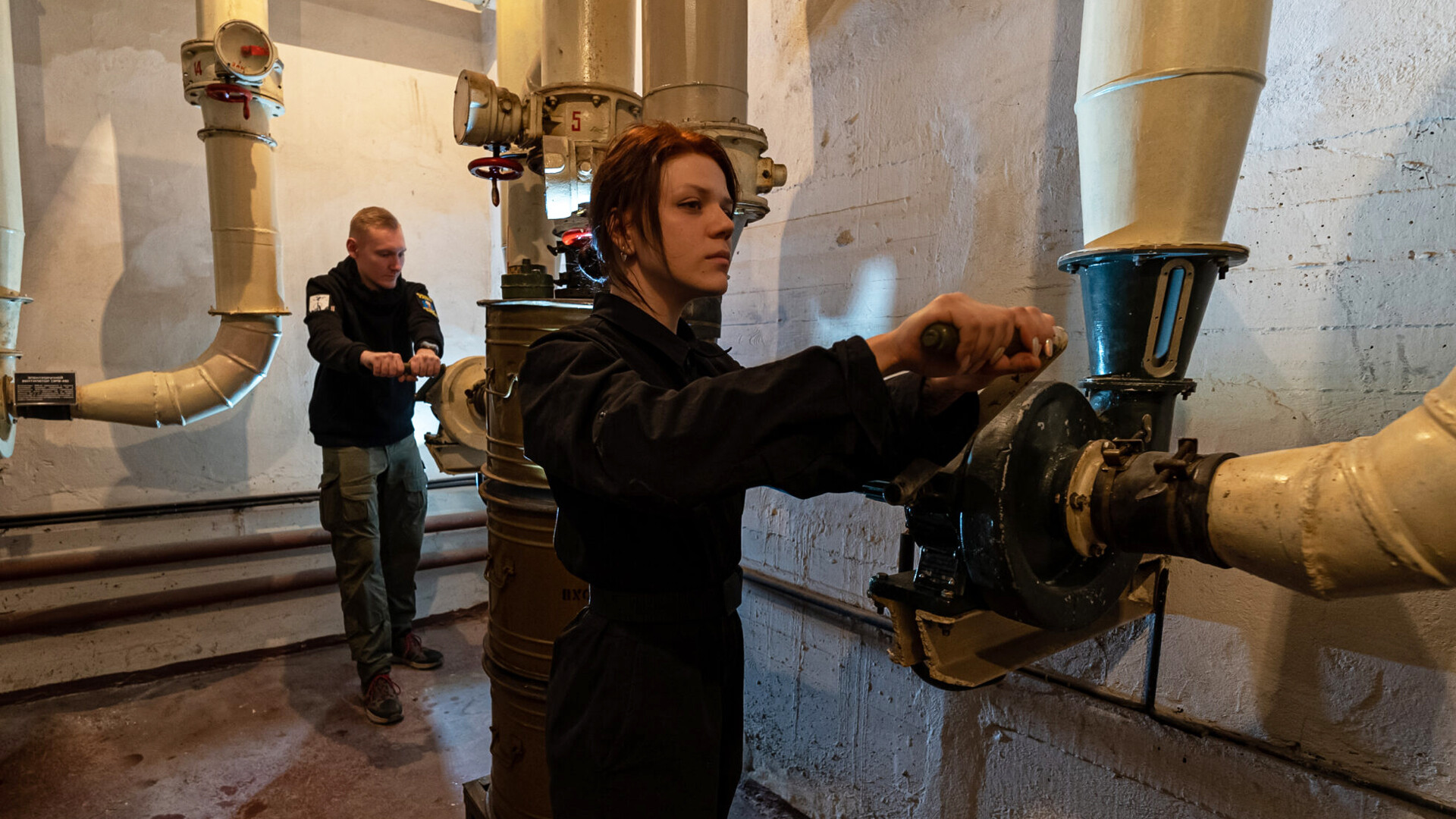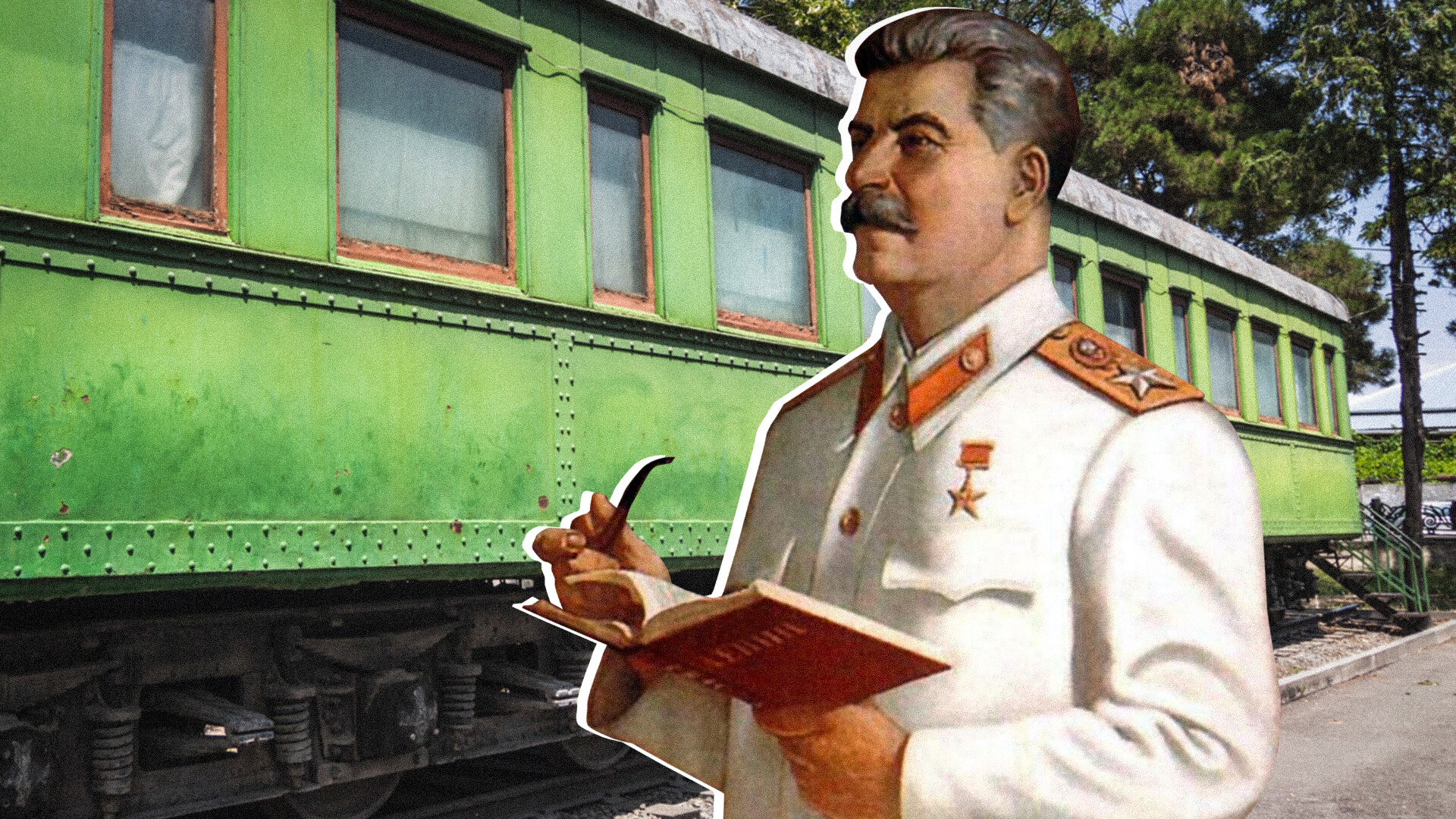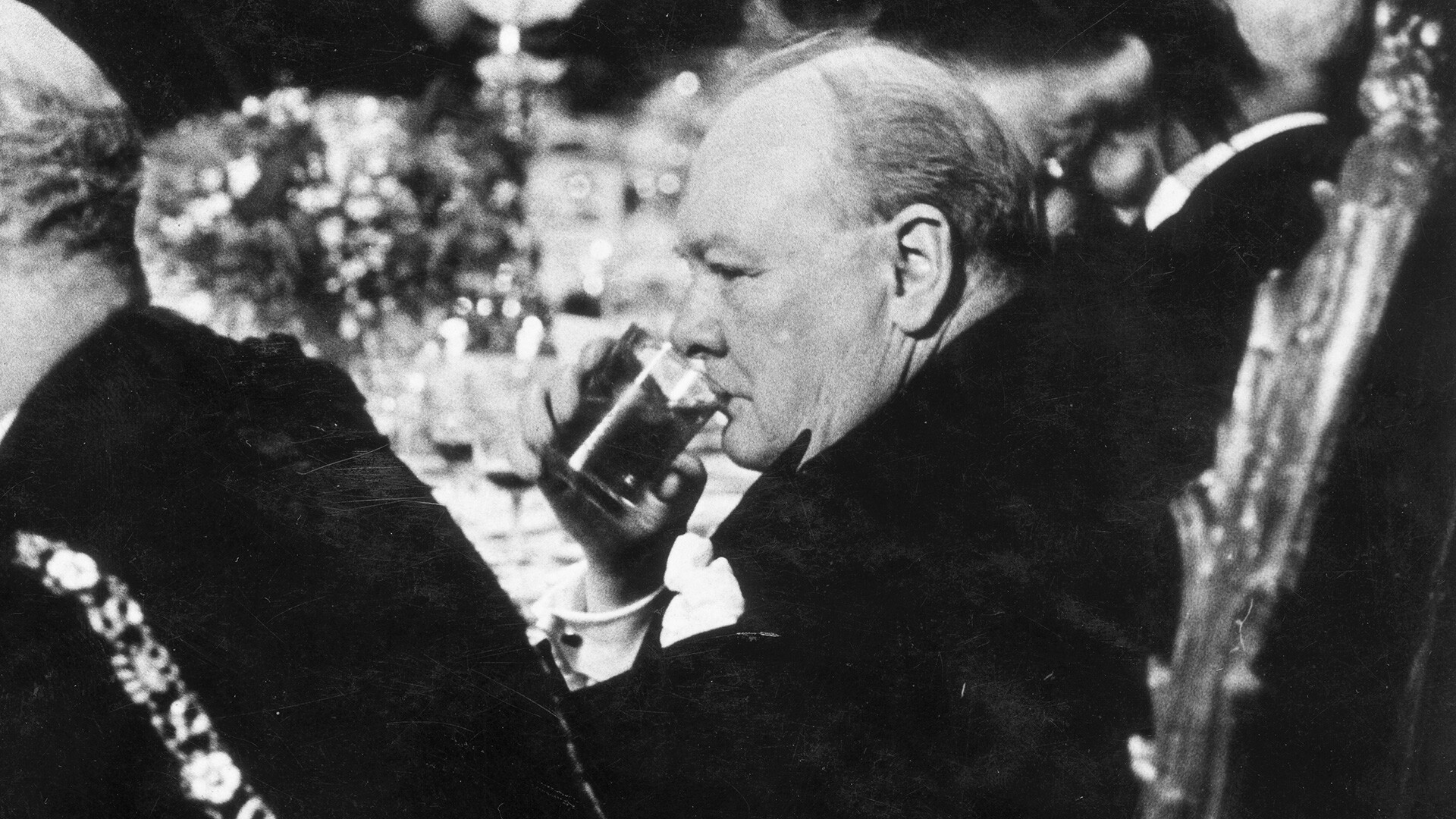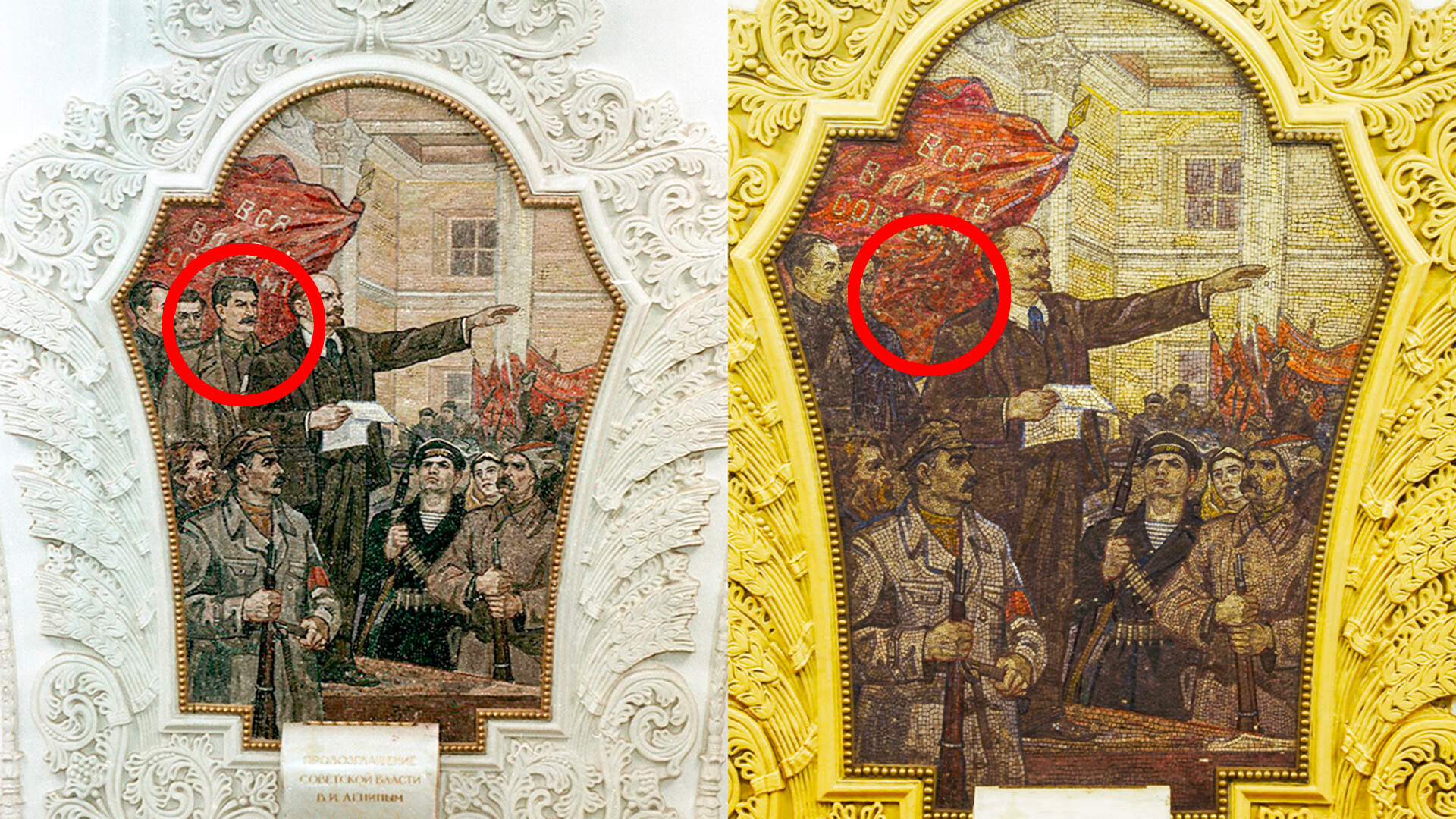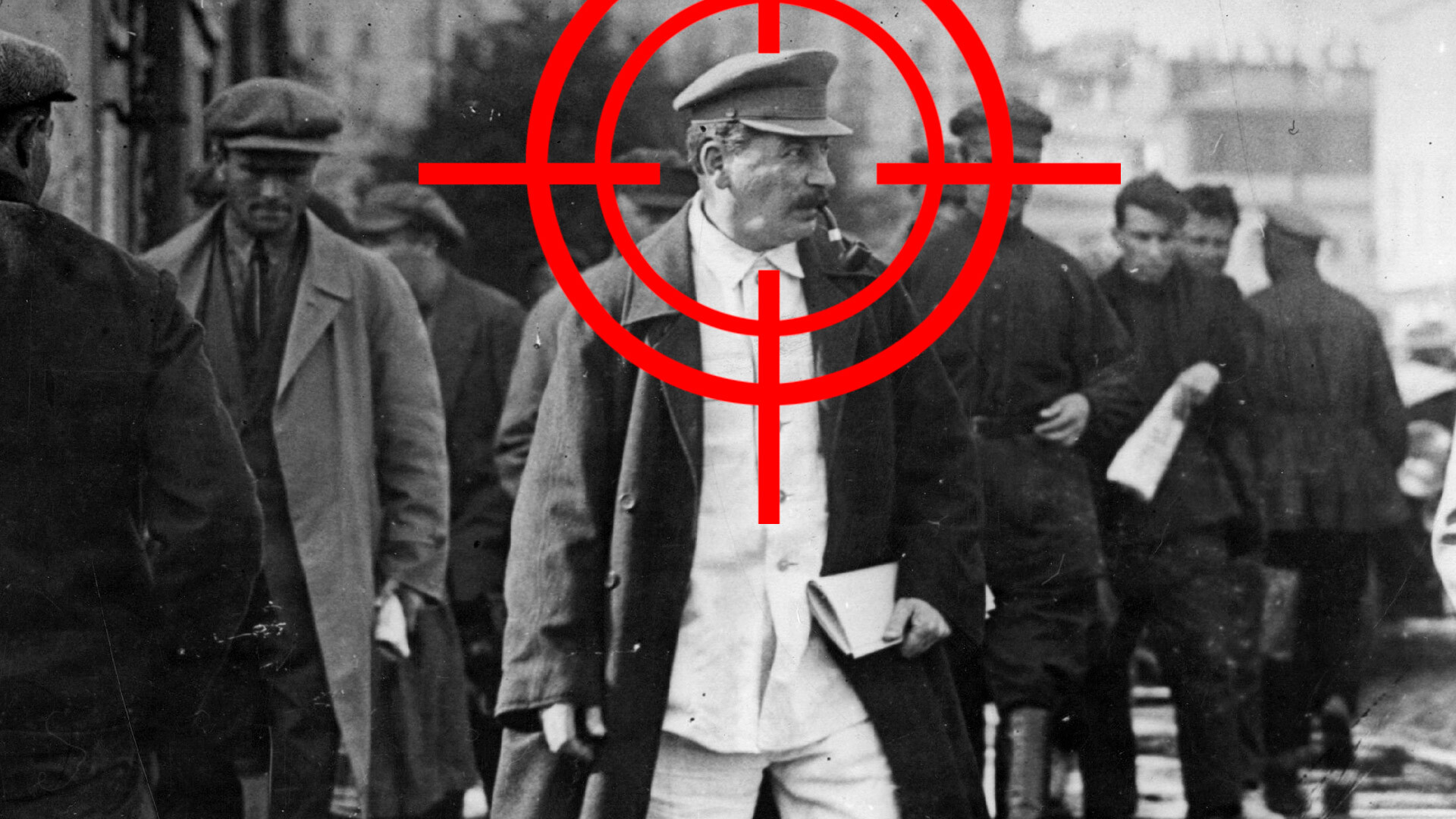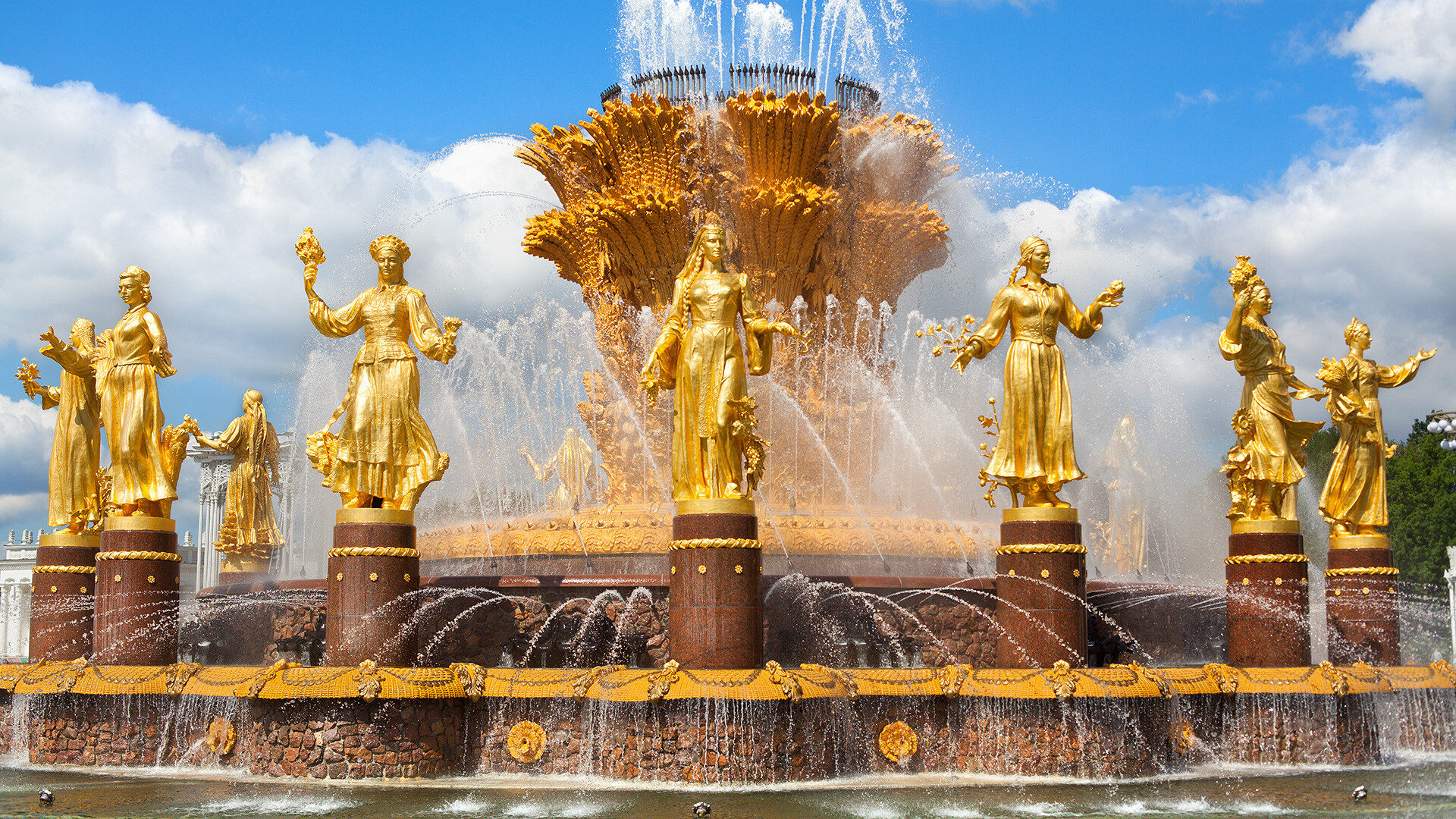
How the USSR got rid of Stalin’s cult of personality

The Stalin cult of personality dominated for almost 20 years. Films, paintings, songs, books, newspaper articles and monuments - all this worked to exalt the ‘Father of Nations’ and the ‘Great Leader and Teacher’.
It is well known that the leader's cult of personality was publicly condemned by Nikita Khrushchev at the 20th Congress of the Communist Party of the Soviet Union (CPSU) in February 1956. However, the first steps in this direction were taken just a few days after the leader's death in March 1953.
"Soft" de-Stalinization
At a meeting of the Presidium of the Central Committee of the CPSU, Georgy Malenkov, who had taken the helm of the state, declared: "We consider it obligatory to stop the policy of the cult of personality. Quotes (only) from one person – cannot be published."

At that time, there was no talk of criticizing Stalin directly. The country's leadership chose a course to depersonalize the cult itself and abandon the glorification of one person in favor of glorifying the Central Committee of the party as a collegial governing body.
And, in July, at a plenum of the Central Committee of the CPSU, criticism of Stalin was heard as an incompetent theoretician of Marxism-Leninism. The number of mentions of the deceased leader in the press began to steadily decline. In 1954, they stopped publishing his books and, a year later, the question arose of removing his name from the words of the national anthem.
At the same time, a commission to investigate the causes of mass repressions was set up under the leadership of Pyotr Pospelov, the Secretary of the CPSU Central Committee. Khrushchev used the results of its work for his ‘On the Cult of Personality and Its Consequences’ report at the 20th Congress of the CPSU in February 1956.
A bold step
 Nikita Khrushchev at the 20th Congress of the Communist Party of the Soviet Union in 1956.
Nikita Khrushchev at the 20th Congress of the Communist Party of the Soviet Union in 1956.
The report condemned the cult of Stalin’s personality, placing all the blame for the mass terror of the late 1930s and early 1950s on him and also raised the issue of rehabilitation of the repressed. Both in the USSR itself and in the countries of the socialist camp, it had the effect of an exploding bomb.
Various reasons are given for why Khrushchev decided to take such a step. Among them is the desire to relieve tension in society, which was waiting for changes after the death of the leader, as well as the desire to distance himself from the repressions, to which he himself was involved.
“Khrushchev’s goal was, on the one hand, to get rid of the ghost of a dictator over all of them, whom they were all afraid of. To convince those around him that he, specifically he, would be able to ensure, as they said then, ‘the principles of collective leadership’ and that he would be able to ensure the absence of repression within the party and guarantee with his word to the party apparatus that repressions of this level would not be repeated,” says historian Kirill Boldovsky.
 The Stalin monument was replaced by a monument to the founder of the State Tretyakov Gallery, Pavel Tretyakov.
The Stalin monument was replaced by a monument to the founder of the State Tretyakov Gallery, Pavel Tretyakov.
Khrushchev himself wrote in his memoirs: “Whoever really wants to establish Leninist order in our party and not Stalinist, must make every effort to expose Stalin and condemn Stalinist methods. It is necessary to rehabilitate those honest people, many of whom have not yet been rehabilitated and to expose the lawlessness that was committed earlier, so that even the ghost of such methods could not rise from the grave.”
De-Stalinization in full force
The process of reviewing the cases of those convicted of “counter-revolutionary crimes” during the Stalin era and the rehabilitation of victims of repression began to rapidly gain momentum.
The name of the ‘Father of Nations’ was rejected everywhere: Stalin prizes were no longer awarded, while subway stations, factories, parks and higher education institutions named after him were all renamed.
 Tombstone on the grave of Joseph Stalin near the Kremlin wall.
Tombstone on the grave of Joseph Stalin near the Kremlin wall.
At the 22nd Congress of the CPSU in 1961, criticism of Stalin and the political system he created intensified even more. On October 31, the first night after the end of the congress, his body was secretly removed from the mausoleum and buried next to the Moscow Kremlin wall.
Then, they began to rename cities that bore the leader’s name, including the famous Stalingrad. Monuments erected to him throughout the country were also torn down en masse.
With Leonid Brezhnev’s rise to power in 1964, the level of criticism of Stalin’s cult of personality noticeably decreased. The country's leadership advocated a more "balanced attitude" toward his figure and the policies he pursued. In 1970, a monument was even erected on his grave.




